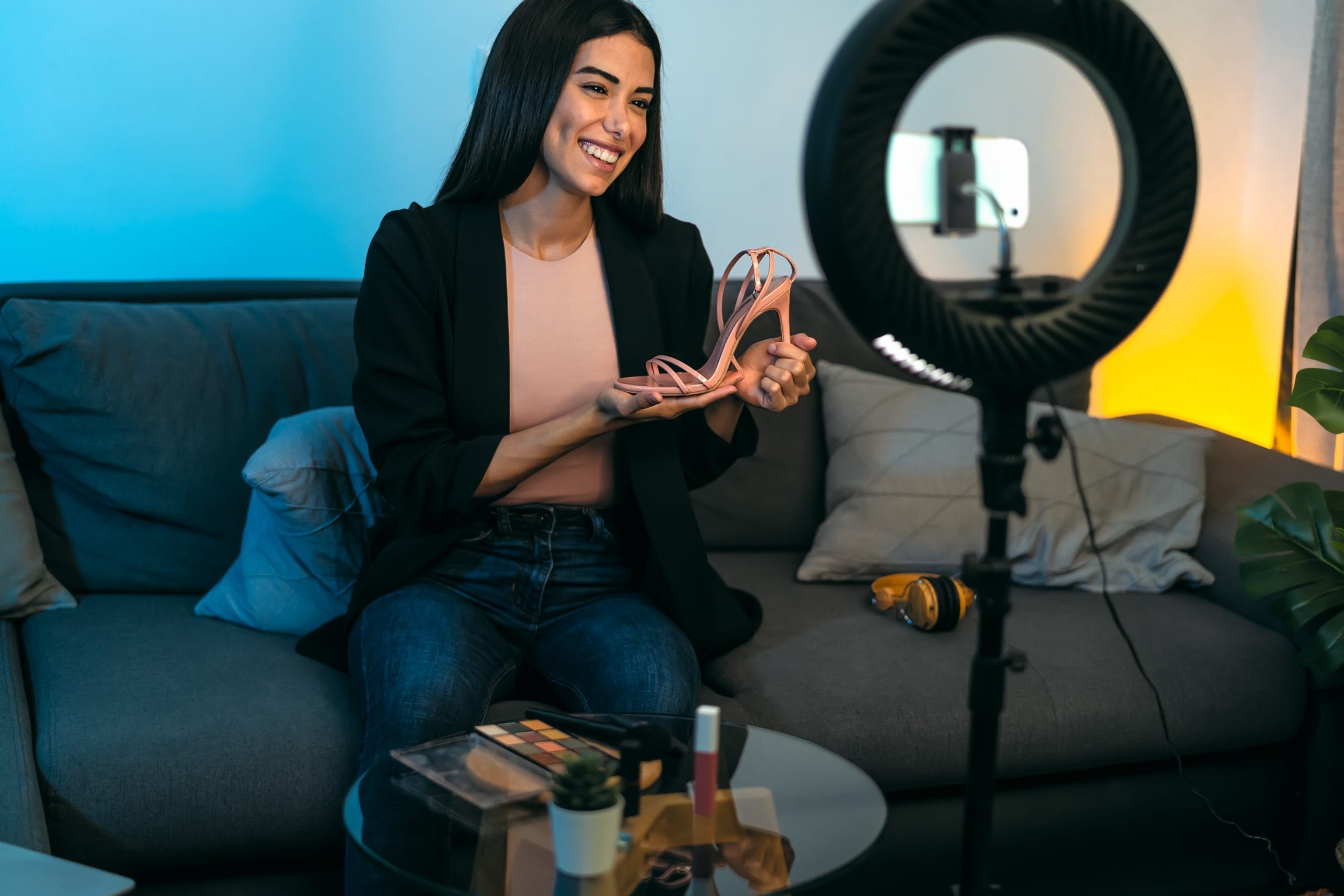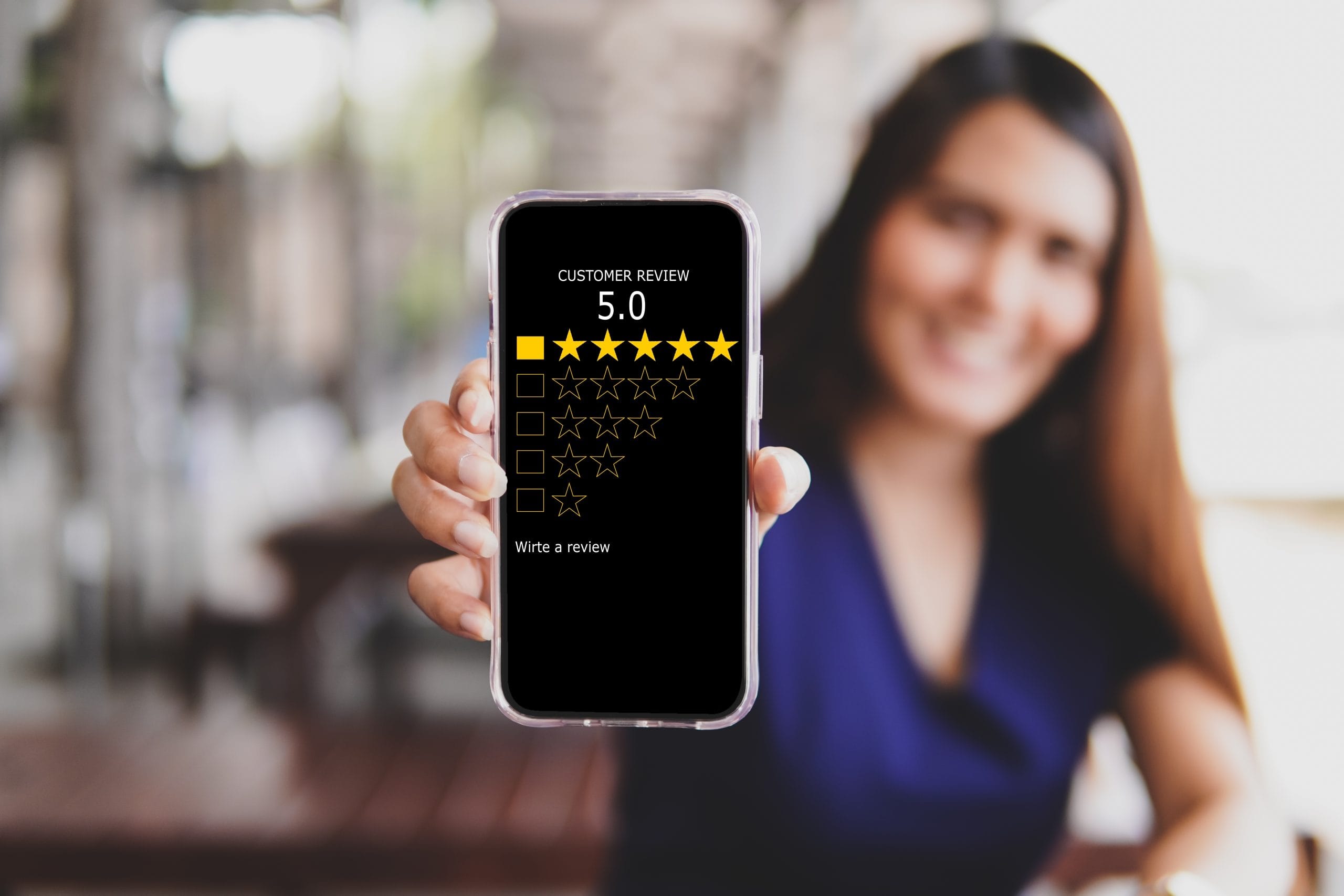


Navigating the Rise of Niche Influencers in Digital Marketing

The influencer marketing space has evolved significantly in recent years. What started as a strategy dominated by celebrities and mega-influencers has become more nuanced, driven by everyday individuals who command smaller but highly engaged followings. These “niche influencers” are emerging as a powerful force in digital marketing, offering brands new ways to connect with specific audiences through authentic and relatable content.
While larger influencers still hold sway in certain campaigns, their reach often comes with diminishing engagement rates and inflated costs. Niche influencers, on the other hand, offer intimacy and trust that broader campaigns sometimes lack. This growing segment of the influencer economy is helping brands drive better ROI, tap into specialized communities, and create meaningful engagement—especially when traditional advertising feels impersonal or overproduced.
What Defines a Niche Influencer?
Niche influencers are content creators who focus on a specific topic or passion area. Their followings may range from a few thousand to tens of thousands, but what sets them apart is the alignment between their content and their audience’s interests. These creators often concentrate on areas like sustainable fashion, gluten-free cooking, remote work, classic car restoration, indoor gardening, or ethical investing—any space where deep, focused knowledge attracts a loyal community.
They are not always polished or professionally styled. Their authenticity often lies in their imperfections and their openness about challenges in their niche. That realness resonates. Audiences feel like they are learning from a peer rather than being pitched to by a spokesperson. This is why niche influencers tend to have higher engagement rates compared to mainstream influencers with broad appeal.
Why Brands Are Shifting Toward Niche Influence
The shift toward niche influencers reflects a broader movement in marketing—one that prioritizes relevance and resonance over reach alone. Instead of pushing a message out to the masses, businesses are opting to work with creators who can speak directly to their ideal customers. The payoff is more qualified leads, better conversion rates, and increased brand loyalty.
Take the example of Blue Bottle Coffee, a company known for its commitment to artisanal coffee. When launching new products, they often collaborate with micro-influencers in the specialty coffee space who share tutorials, tastings, and brewing techniques with followers. These posts do more than just promote a product; they educate, build community, and subtly reinforce the brand’s identity.
Similarly, Allbirds has leaned on niche sustainability advocates to reach consumers who value eco-friendly fashion. By aligning with creators who live those values daily, the brand communicates authenticity without needing to say it outright.
Platforms Fueling the Growth of Niche Influence
Instagram remains a dominant platform for influencer marketing, especially for lifestyle, fashion, and food content. However, the rise of platforms like TikTok, Pinterest, and Substack is changing how niche creators engage with their audiences. Short-form video allows for quick bursts of expertise or entertainment, while newsletters and blogs offer long-form storytelling and deeper analysis.
TikTok, in particular, has leveled the playing field. Creators no longer need massive followings to go viral. A well-timed, well-executed post can generate millions of views based on the strength of the content alone. That dynamic has opened the door to hobbyists and enthusiasts who would not traditionally be considered influencers in the conventional sense.
Additionally, platforms like Patreon and Ko-fi give niche influencers new ways to monetize their content outside of brand partnerships. As creators become less reliant on algorithmic visibility, they have greater freedom to produce high-quality, targeted content for their followers. Brands that support this ecosystem through thoughtful collaborations are likely to benefit from longer-lasting, value-driven relationships.

Key Benefits for Brands Working With Niche Influencers
One of the most important advantages of working with niche influencers is cost-effectiveness. Campaigns with mega-influencers or celebrities can easily run into six or seven figures. Meanwhile, a niche influencer might deliver better engagement for a fraction of the price. This allows businesses—especially small or emerging ones—to participate meaningfully in influencer marketing without exhausting their budget.
Another advantage is credibility. Consumers are increasingly skeptical of overt brand promotions. When a niche influencer genuinely likes a product and shares how it fits into their daily life, the message carries more weight. That credibility is difficult to replicate through traditional advertising or broader influencer campaigns.
There is also an element of long-tail exposure. A niche influencer’s content often stays relevant to their audience much longer, especially when it speaks to a specific challenge or interest. Blog posts, YouTube videos, and even Instagram reels can continue to drive traffic and brand awareness months after they are published.
Challenges and Considerations
While the benefits are substantial, working with niche influencers is not without complexity. Vetting influencers takes more time. Unlike larger influencers who have media kits and agencies managing their outreach, many niche creators operate solo. That means more effort is required to assess content quality, verify engagement authenticity, and coordinate logistics.
Moreover, smaller audiences mean that results will not always be immediate or massive. Businesses looking for instant volume may find niche partnerships underwhelming if expectations are not aligned with the model’s strengths.
Brands must also allow space for creative freedom. Niche influencers know their audience better than any outside marketer. Attempts to overly script the message or restrict the content can backfire, leading to content that feels disingenuous or disconnected. The best results often come when brands share their goals and let the creator guide the execution.
Emerging Trends in Niche Influence
One notable trend is the rise of B2B niche influencers. While influencer marketing has traditionally been seen as a B2C tactic, professionals with domain expertise in fields like SaaS, logistics, financial services, or clean energy are building strong followings on platforms like LinkedIn and X (formerly Twitter). These influencers do not just sell products—they shape industry thinking, making them valuable allies for companies looking to grow credibility and thought leadership.
Another emerging trend is collaborative content creation. Instead of one-off sponsored posts, brands are co-developing products or experiences with niche influencers. A case in point: Girlfriend Collective, a sustainable activewear company, has invited content creators and advocates to participate in product storytelling, social campaigns, and promotional shoots. This deep level of collaboration increases authenticity and empowers creators to advocate for something they genuinely support.
User-generated content is also gaining momentum. Brands often re-share influencer content across their owned channels, giving that content more reach and credibility. It also helps bridge the gap between influencer marketing and community-building—two areas that increasingly go hand in hand.
Final Thoughts
The rise of niche influencers marks a shift toward deeper, more authentic marketing in an era where audiences crave relevance and relatability. Brands that embrace this model can tap into engaged micro-communities and build trust that larger campaigns often fail to deliver. As platforms evolve and consumer expectations continue to rise, working with niche influencers is no longer just a tactic—it is becoming a foundational strategy in modern digital marketing. For business owners and marketers who are willing to do the work of identifying and collaborating with the right creators, the payoff can be substantial and long-lasting.





